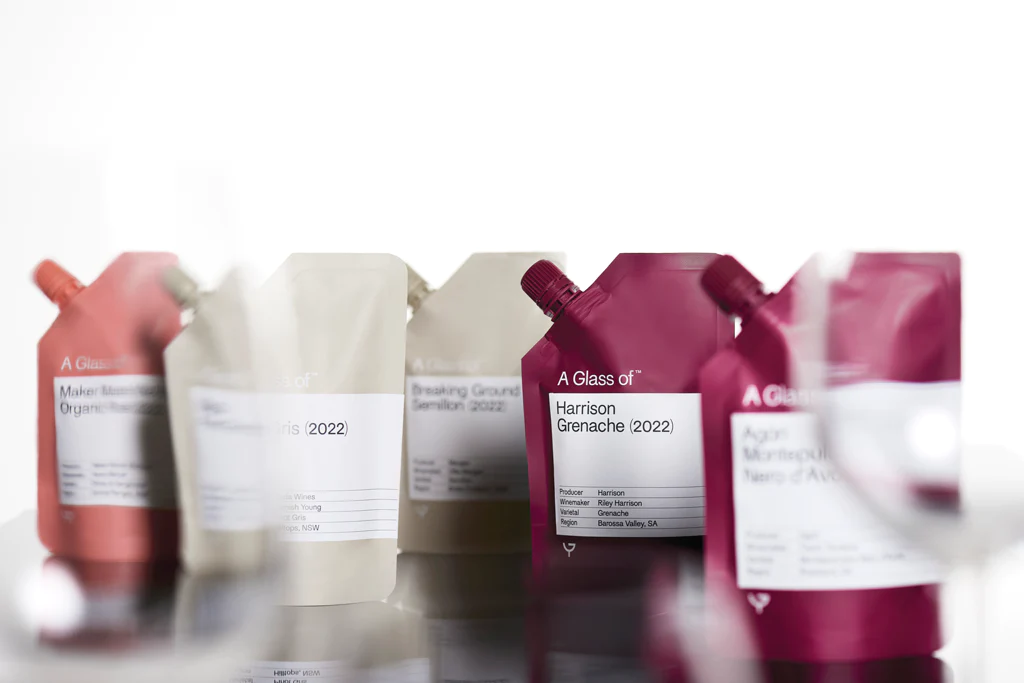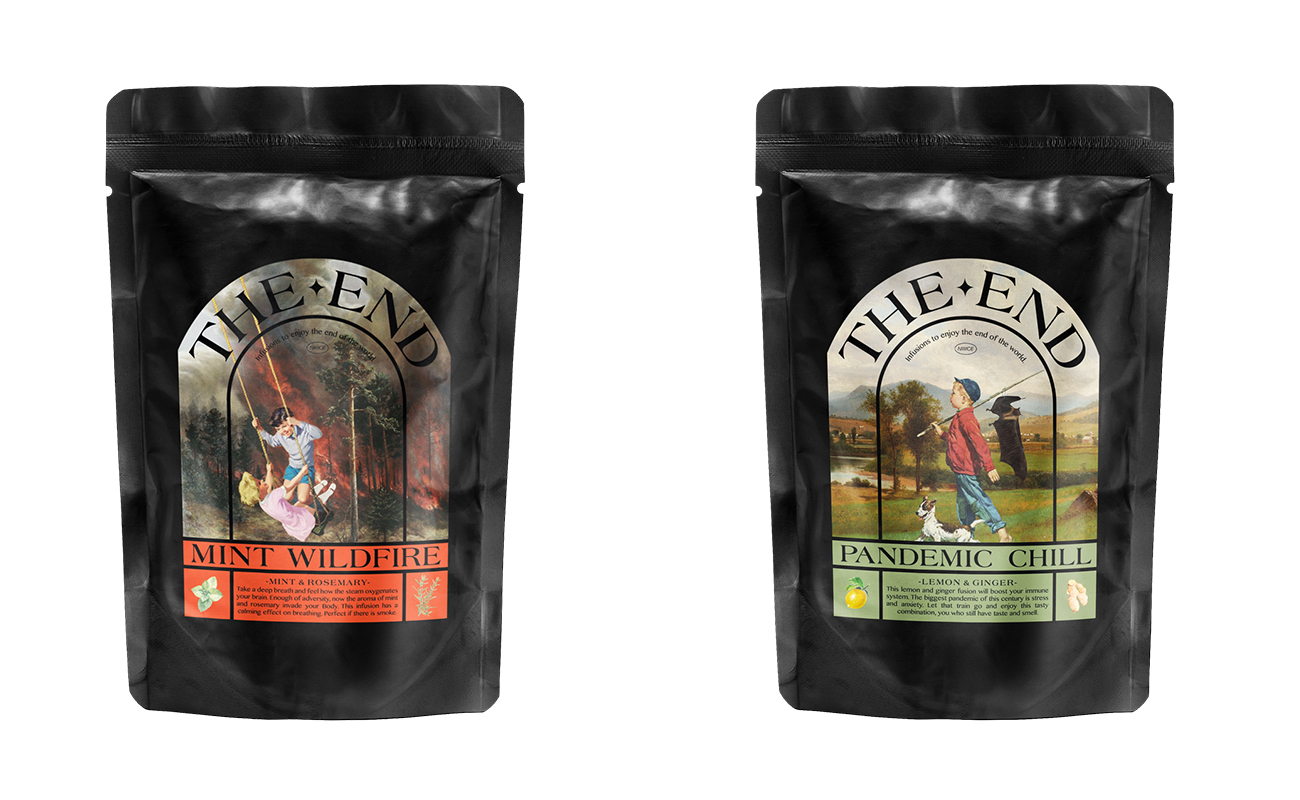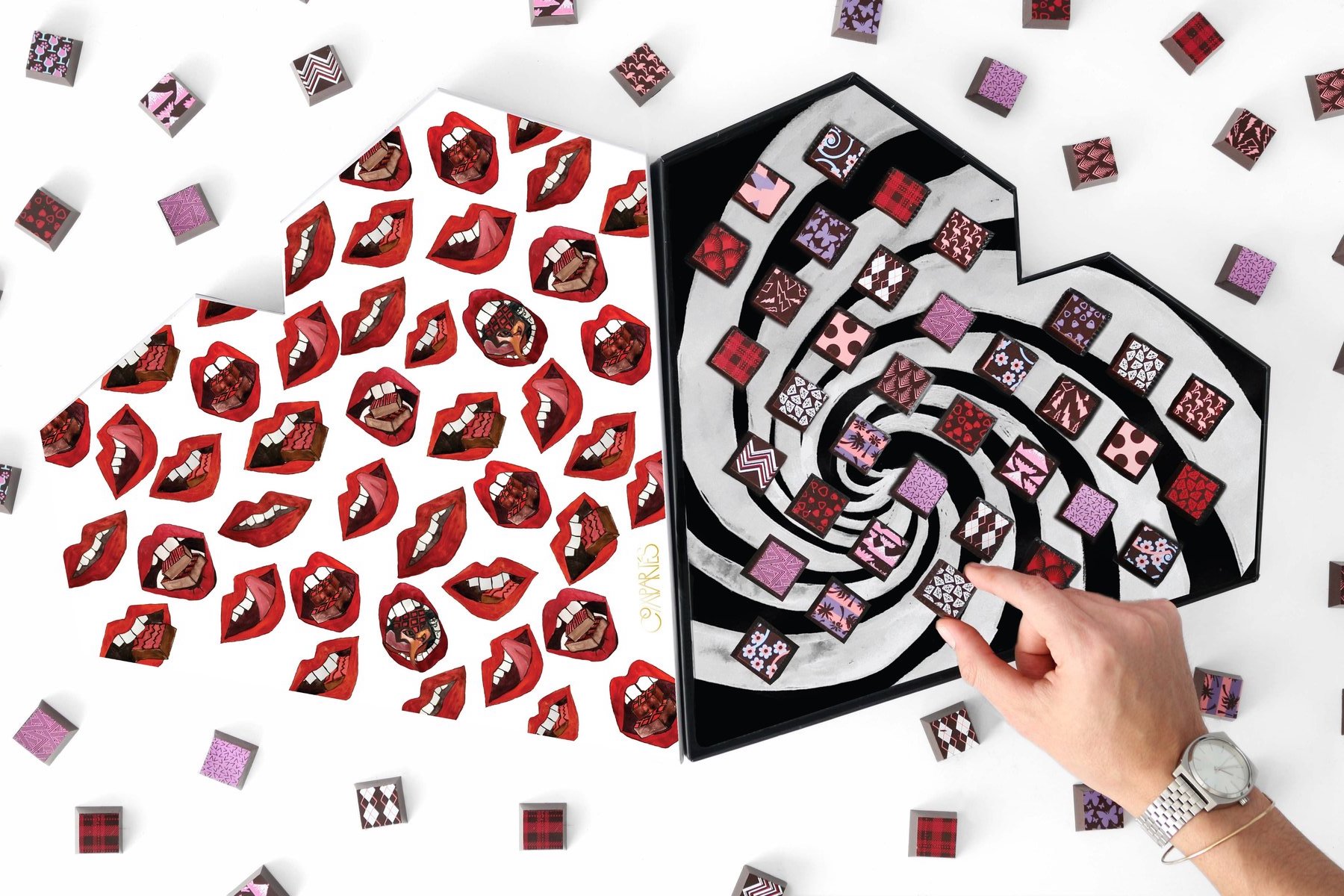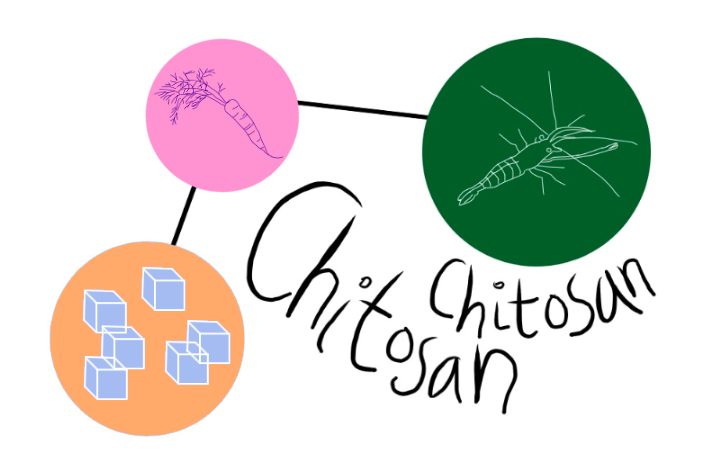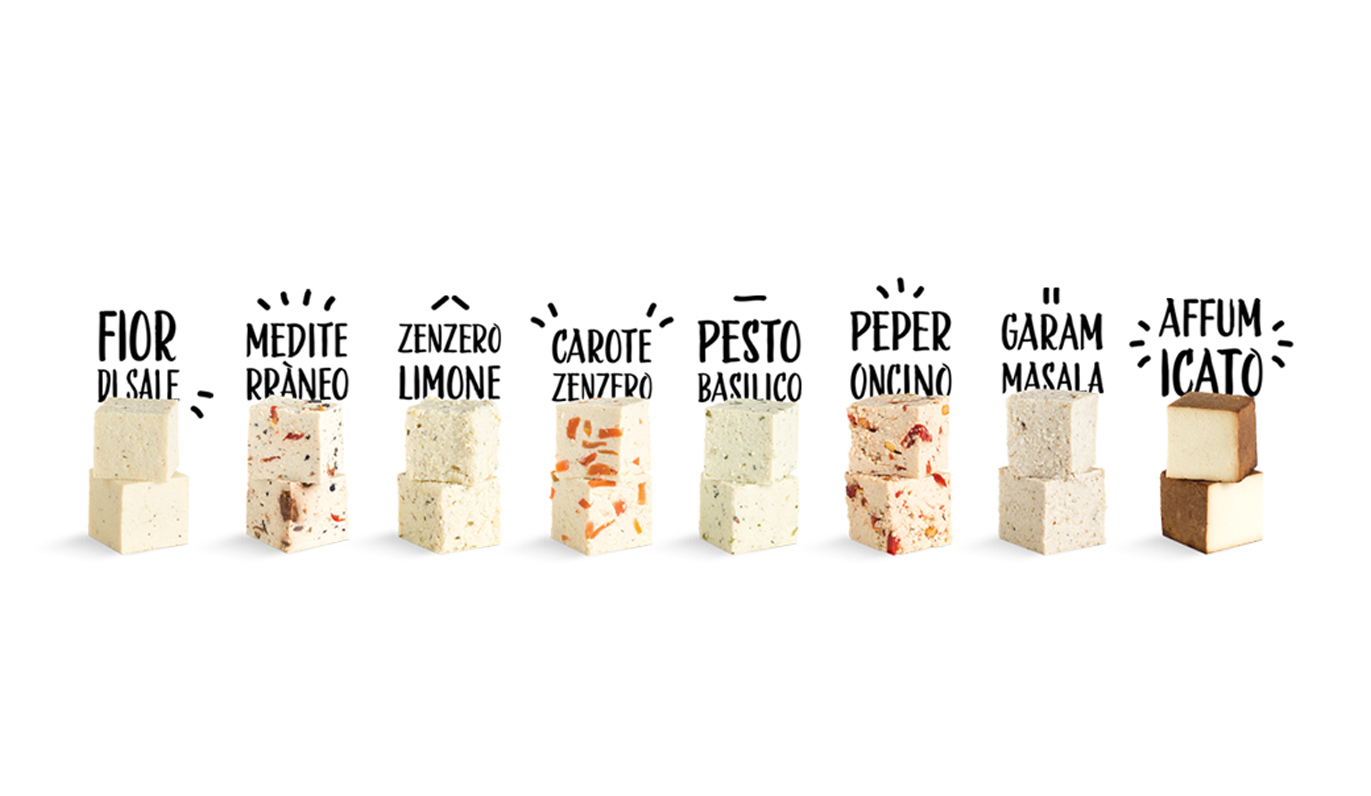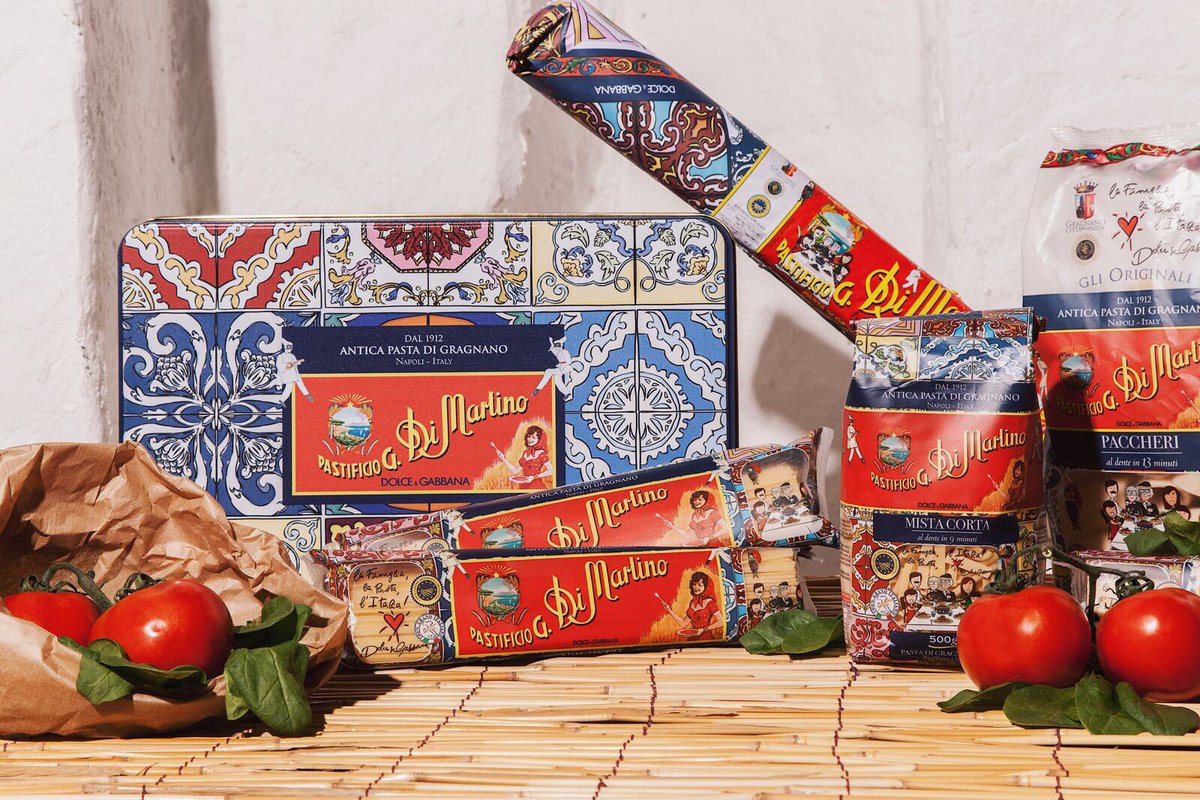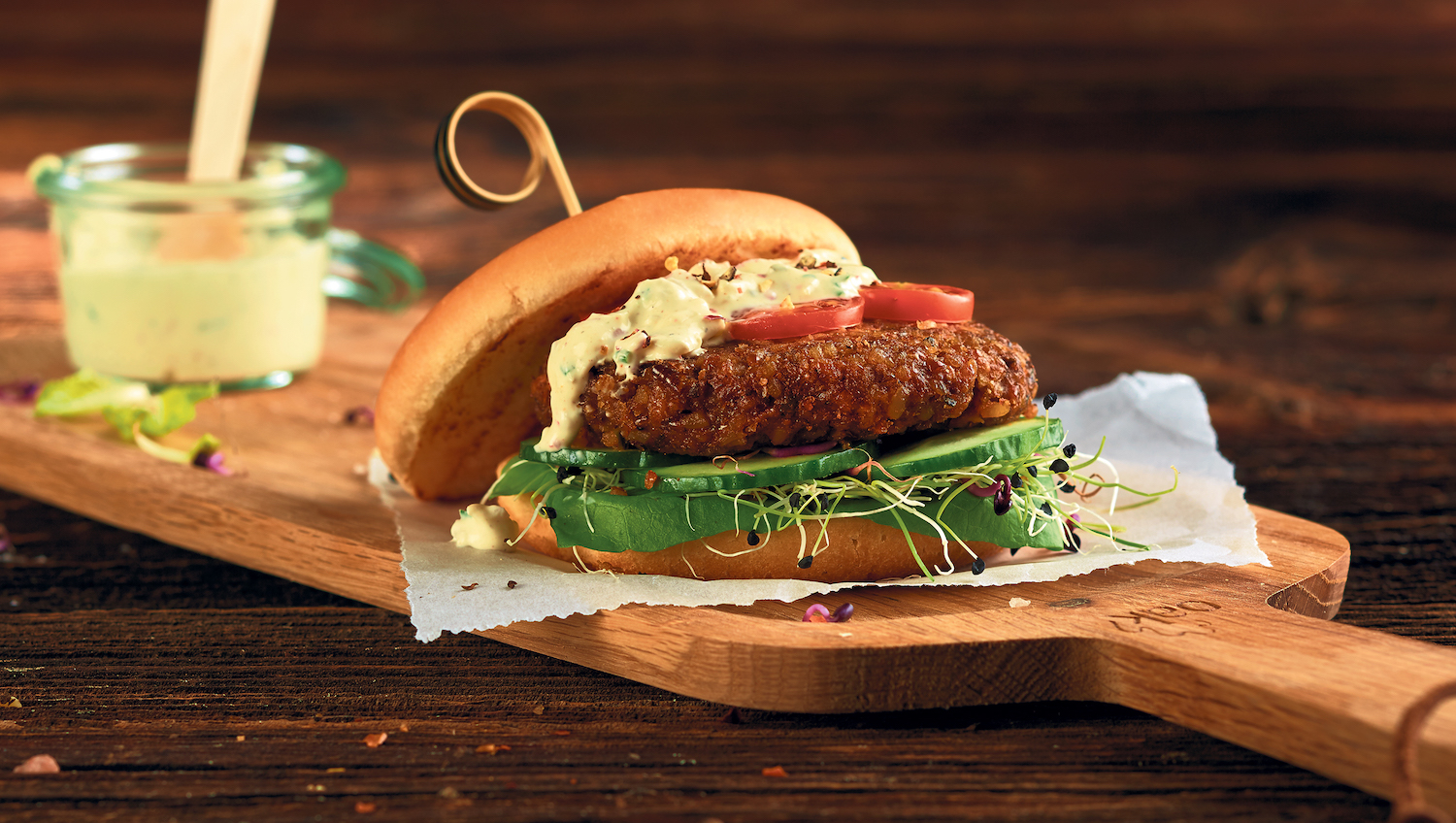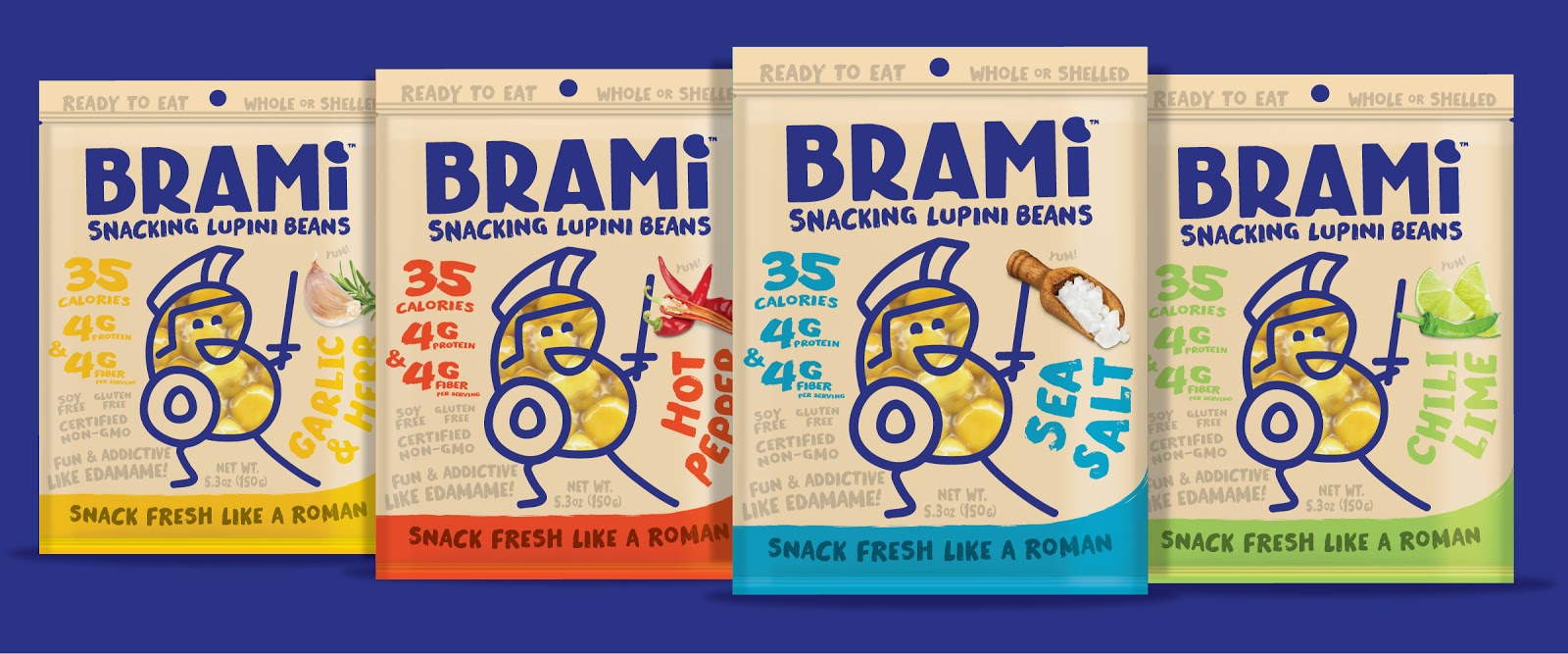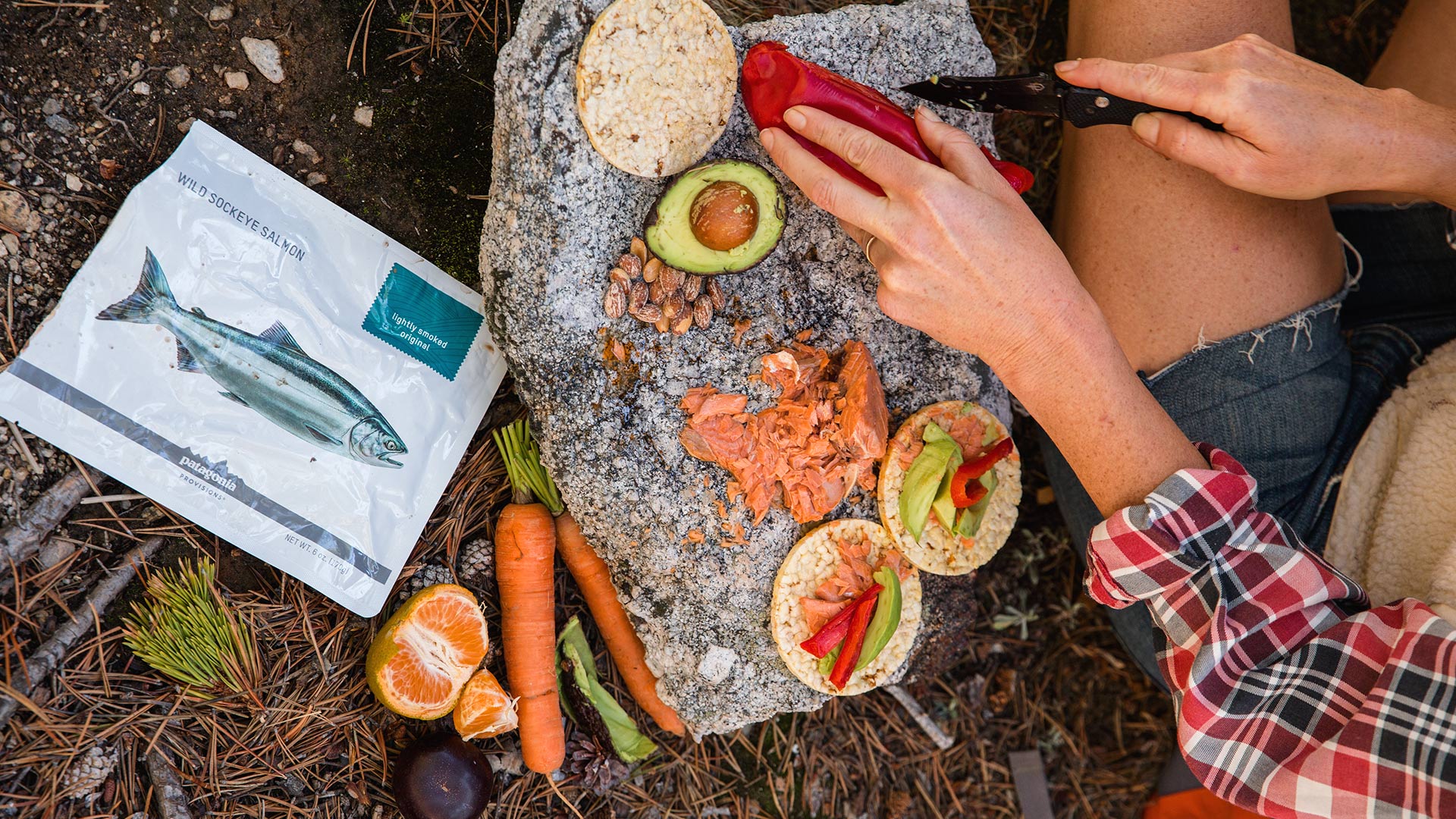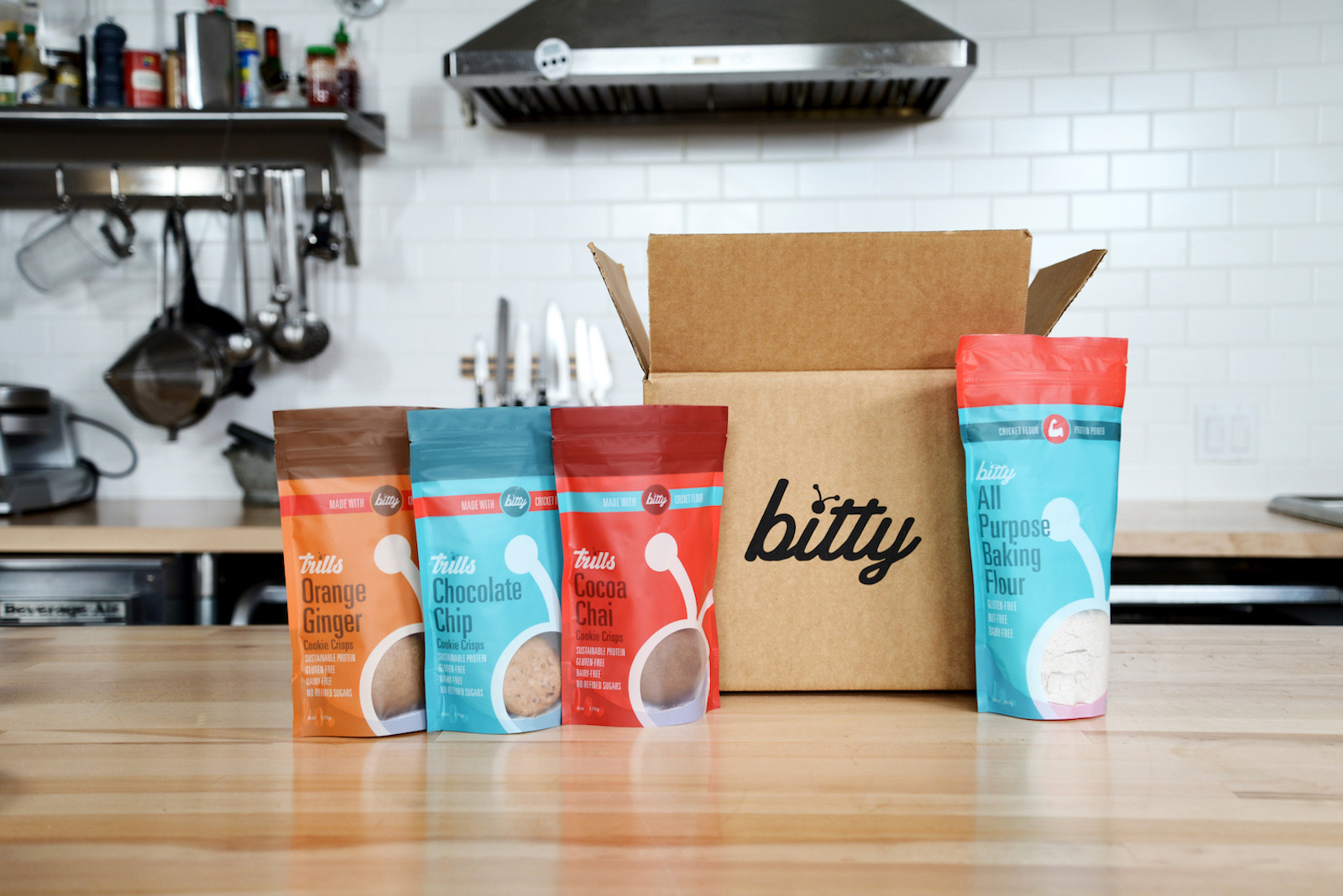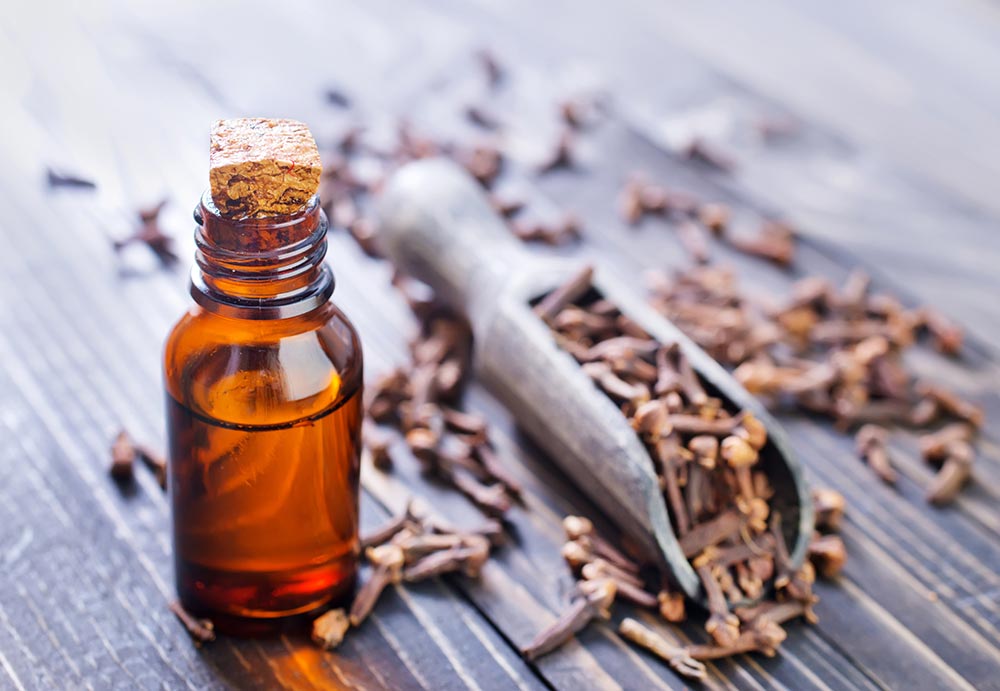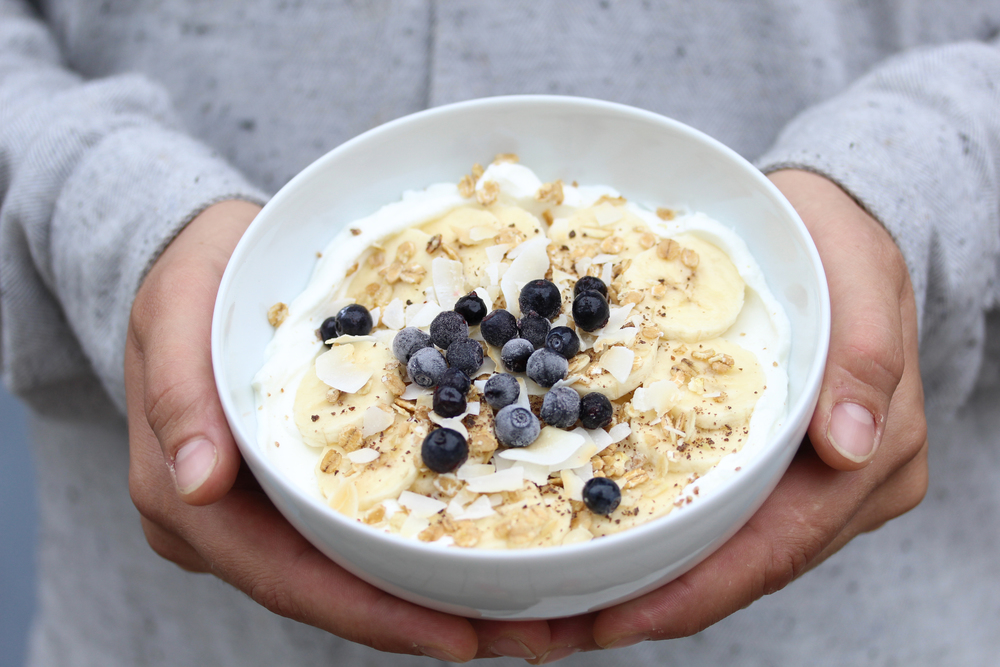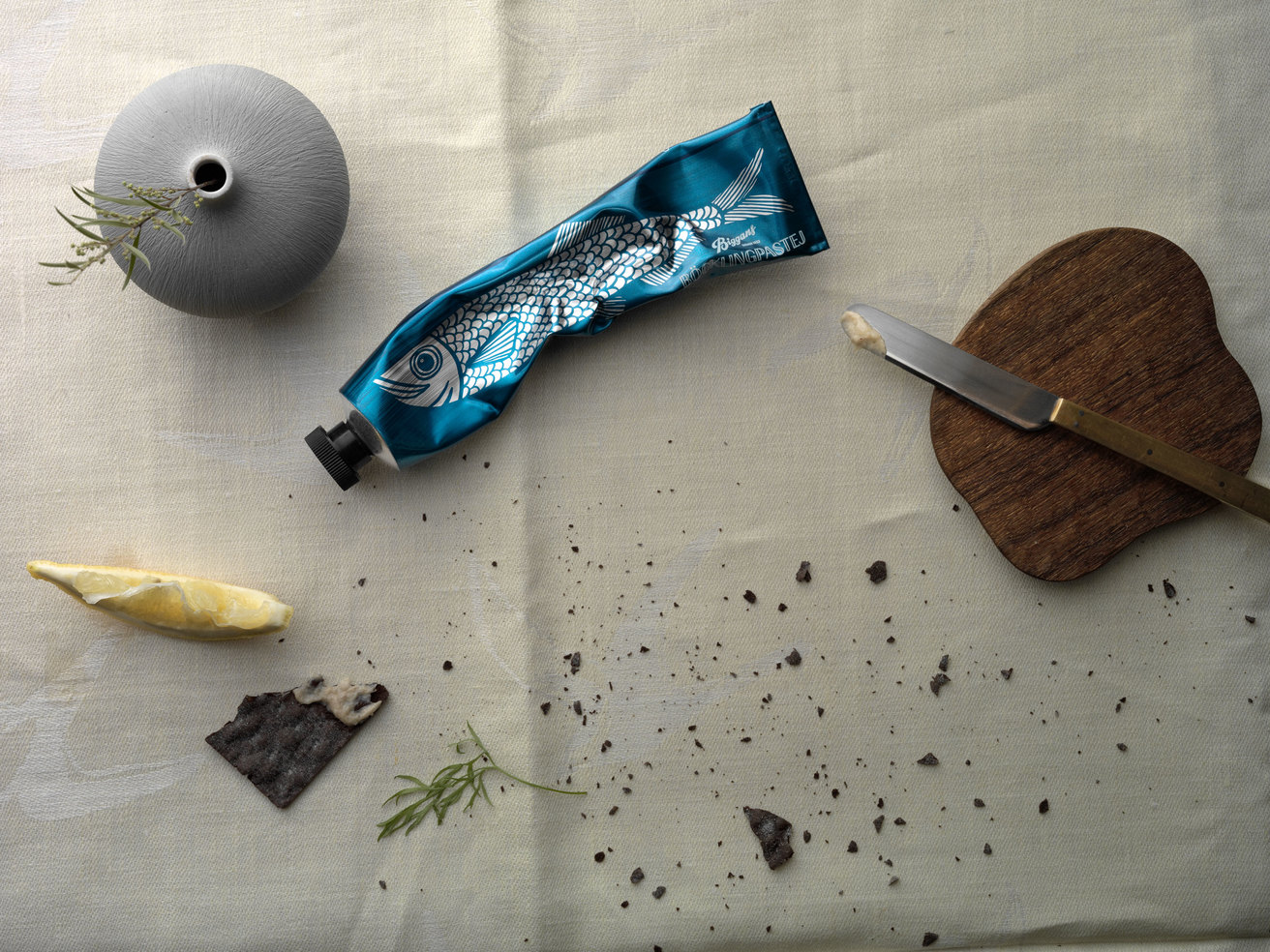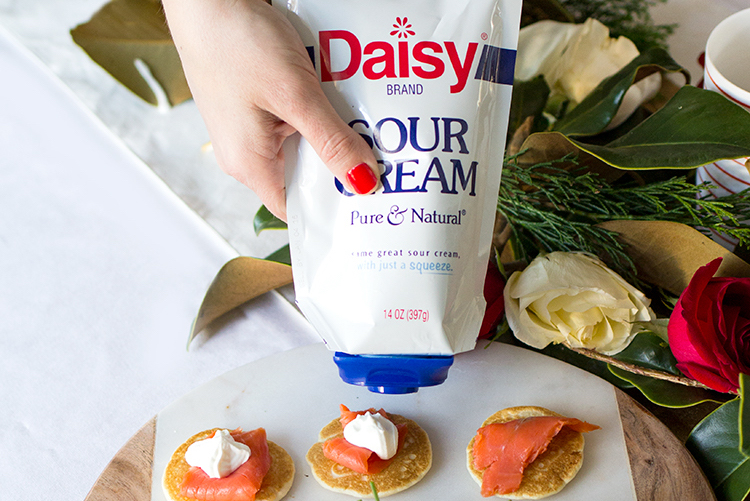While the full legalization of cannabis across the United States might still be a distant future, a handful of companies are staking ground in the market for marijuana edibles and leading with design. Whether their infusions take the form of cannabutter cookies or THC chocolate bars, this new generation of sophisticated edibles go beyond the half-baked brownie. As legalization for recreational and medicinal marijuana rolls out in States like Colorado, California, Washington, Oregon, Alaska, Maine, Nevada and Massachusetts, expect high end ingredients like coconut oil infused with weed and celebrity-endorsed strains to show up in eclectic offerings. Edibles are now finding a new audience through carefully crafted packaging.
Through its refined packaging, Leafs by Snoop demonstrates how celebrities and design firms are serious about the potential for the legal buying and selling of cannabis products. Promoted by Snoop Dogg, the range was designed by Emily Oberman of Pentagram to appeal to a broad range of consumers and project a sophisticated aesthetic. The gold leaf logo could easily be mistaken for something other than a marijuana leaf—in fact Canadian ice hockey team the Toronto Maple Stars threatened to sue for logo infringement. Yet the rest of the branding makes evident that the product range offers various ways to take weed. From the bare bones instructions (“Grind it. Roll it. Light it.”) to the California-cool patterns that adorn the packages, Leafs by Snoop demonstrates how cannabis edibles can be sold as an upmarket product that appeals to a broad audience.
Zendo is another company that offers marijuana infused products, but projects a more niche aesthetic through their design and packaging. The company sells four infused products: coconut oil, peanut butter and two types of chocolate coated almonds. Each package is relatively small offering built in portion control, suggesting that the products could be a safe introduction for new users. The familiarity of the foods reinforces this element of safety; you might not know how a marijuana tablet would taste, but you do know how peanut butter tastes. Line drawings decorate face of the almond boxes and nut butter pouches, which resemble products you might find at a health-food store, implying that Zendo’s products offer nutrition as well as a high. By combining familiar products, natural imagery and portion-controlled packets, Zendo’s edibles appeal to both to apprehensive new users as well as those who may be looking to get a high into their daily routine.


Seattle-based Goodship Company sheds outdated 70’s stoner imagery with sleek branding that reminds their consumers that enjoying an over-the-counter weed-infused edible is still a pioneering act. Designed by the strategic design firm Mint, The Goodship’s range of jellies, cookies, brownies and chocolates feature friendly illustrations of adventure vessels rendered in metallic line drawings and the open, clean type for those who appreciate the American ingenuity of International Style. Packaged and sold as individual treats or in boxes for multiples, The Goodship Company’s sweets sit comfortably amongst other fine food packaging and wink to a refined audience of cannabis consumers.
Other products, like Mary Jane juices and almond milk, target a more practiced cannabis consumer. The bottle resembles a juice or smoothie container that you’d find on the supermarket shelves, the kind that write two servings on the nutritional panel, but you’re more likely to drink in one go. Juice flavors include lemon “aid”, blueberry, and grape and come in bottles decorated with bold graphics with a quasi-tattoo aesthetic. Meanwhile, the bottle for the almond milk and ginger-beet juice uses the same logo, but more closely resembles a stamp, branding the bottle as different from other smoothies and alt-milks. Unlike the Zendo’s portion controlled packaging or Leafs by Snoop’s sophisticated branding, Mary Jane’s multi-serving bottles and alt-culture graphics seems to appeal to a consumer base already familiar with consuming cannabis-infused edibles.
Although these products are currently sold in licensed dispensaries in the States that have legalized recreational marijuana, the battle for marketshare is uphill. Most marijuana-infused edibles are largely limited by State trade regulations and Federal rules against certain kinds of interstate commerce, confining their market to the boundaries of the State that they’re produced. While this might seem to be a small sample, the diversity of weed-infused edibles on the market offers an interesting sample size to think about how these products might be sold for a larger audience. Edible marijuana remains challenging as producers often have to be educators as well. Each aims to offer an intuitive way to consume the product—some with more guidance on consumption than others. From sophisticated packaging to familiar designs and bold graphics, this new generation of legal weed edibles are laying the groundwork for how business is done in an emerging market and how design can be the differentiating factor in an otherwise predictable offering.



